Testing the Principles of Thai Cookery
While pounding together white pepper, garlic, and woody cilantro root in the mortar and pestle, their spicy, tannic smells unfolded with the first loud thwock. Chili peppers – 15, in fact – and garlic set my nose tickling and my eyes watering. And as an entire fish sizzled in a wok full of oil, two neighborhood cats appeared, yowling their demands for a share of the meal. The food I cooked today, from Chef McDang’s new book The Principles of Thai Cookery (download this free pdf excerpt), is the best-smelling I can remember.
Chef McDang is Thailand’s most famous celebrity chef, author of several Thai-language cookbooks, and appears regularly on Thai television as a culinary expert. He also took Anthony Bourdain to eat roast suckling pig in Bangkok on his show No Reservations. Chef McDang attended the Culinary Institute of America and teaches at Le Cordon Bleu College of Culinary Arts – and it doesn’t hurt his celebrity status that he is a member of the Thai royal family who grew up watching food cooked inside the palace kitchens.
But The Principles of Thai Cookery isn’t about complicated “royal- style” Thai food. It instead sets out to teach the basics of Thai cooking in a textbook-style. Its aim: “to accurately define and illustrate Thai eating culture to the outside world.” It picks out unique aspects of Thai cooking, explains the “Thai Flavor Profile,” and is structured around Thai cuisine’s most important techniques.
With the idea of basic Thai food in mind, I chose two very simple recipes to test out this book. Deep-fried Fish with Garlic, Cilantro Root, and White Peppercorn Paste Marinade (Pla tod gratiem prik Thai) uses a flavor-paste to marinate a whole, fresh fish, and Seafood Dipping Sauce (nam jim seafood) is a basic hot, sour, salty, and sweet sauce for fish and seafood.
When I tasted (and smelled) the rich marinate for the fried fish, I wondered what other meats I could use it on. Apparently the answer is everything, as a similar marinate paste appears later in the book other recipes for fish, deep-fried chicken, and deep-fried pork. After a 30 minute marinade, I deep-fried the fish for about ten minutes. The flavor penetrated the meat of the fish, but not overpowering, perfuming the fish with garlic and cilantro roots. The book suggested deep-frying more garlic and cilantro roots to sprinkle over the fish, and I’m sure this would have been a gorgeous presentation, but I was in a hurry – the marinade flavored the fish enough without these garnishes.
The seafood dipping sauce called for 15 chilies, but tasted much tamer than that. The only other ingredients were lime juice, fish sauce, and palm sugar, all pounded together in a mortar and pestle. The strongest flavors in this sauce were zesty citrus and salty fish sauce, with very little sugar flavor – this combination lets fresh seafood’s natural sweetness come through. This is a simple sauce, quick to put together, and now I have a small jar of it in my fridge for the next time I cook fish.
I was impressed with both of these recipes, and will definitely be cooking more out of this book. Though it’s not exhaustive – only a few recipes per chapter – and the history sometimes quite simplified, Principles of Thai Cookery has a lot to offer both beginners and experienced Thai cooks.
Are you curious about any other Thai cookbooks? Want to see any other dishes tried out? Let me know in the comments and I’ll investigate.
Temple of Thai offers numerous Thai cookbooks and the ingredients that you’ll need to inspire your own Thai cooking explorations.
Here’s a video showing McDang on Planet Food cooking another fried fish dish.
Editor’s note: Visit ChefMcDang.com for his spicy blog post which asks “why does it seem that all the best Thai Chefs are farang (Westerners)? Moreover, who made all these farang “Thai” Chefs. It is the duty of Thai people to provide the correct information, structure of our food, and what it’s about to the rest of the world. Yet it seems we Thais have encouraged Western Chefs so much that we’ve now ended up with David Thompson…”. Further he states, “I guess I see my role as bringing ‘real’ Thai food to the rest of the world to educate and inform people and Chefs about what it is and show them how they can further it.” The Principles of Thai Cookery (ISBN 9786169060109) can be purchased at both Amazon and Barnes & Nobles.

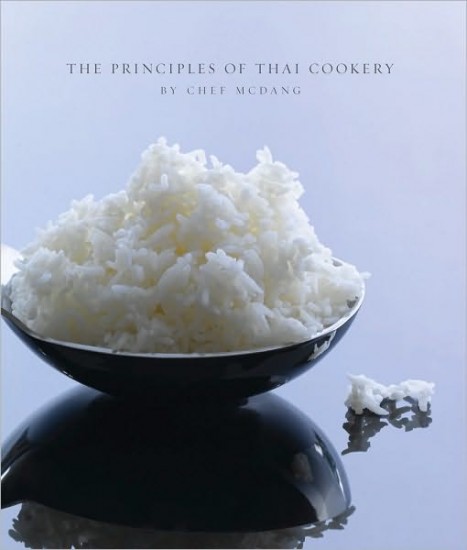
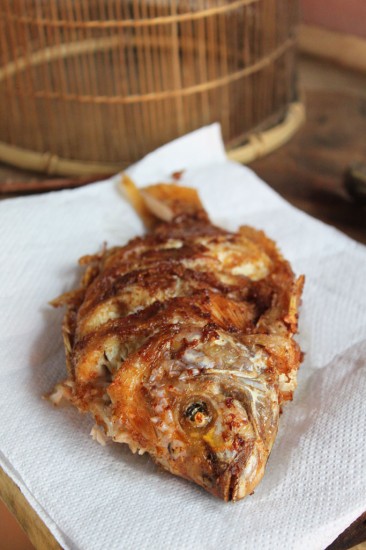
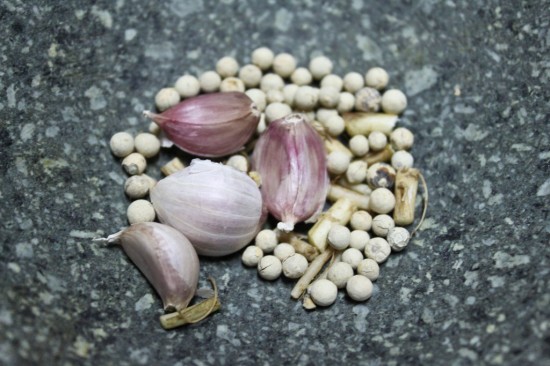
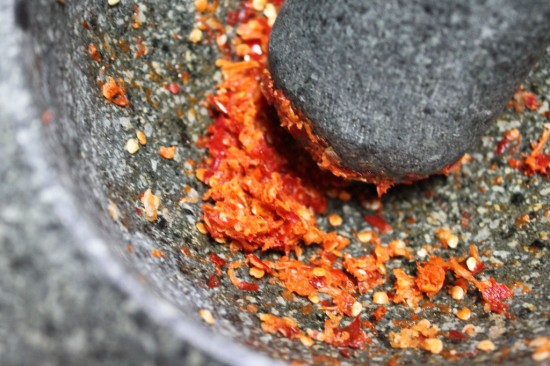
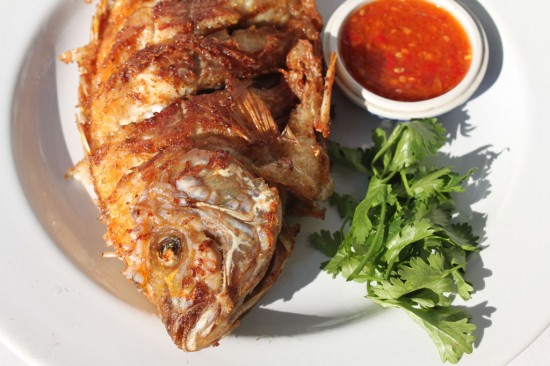
 About the Author, Kaitlyn Moore:
About the Author, Kaitlyn Moore: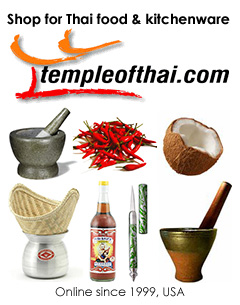


5 Comments on "Testing the Principles of Thai Cookery"